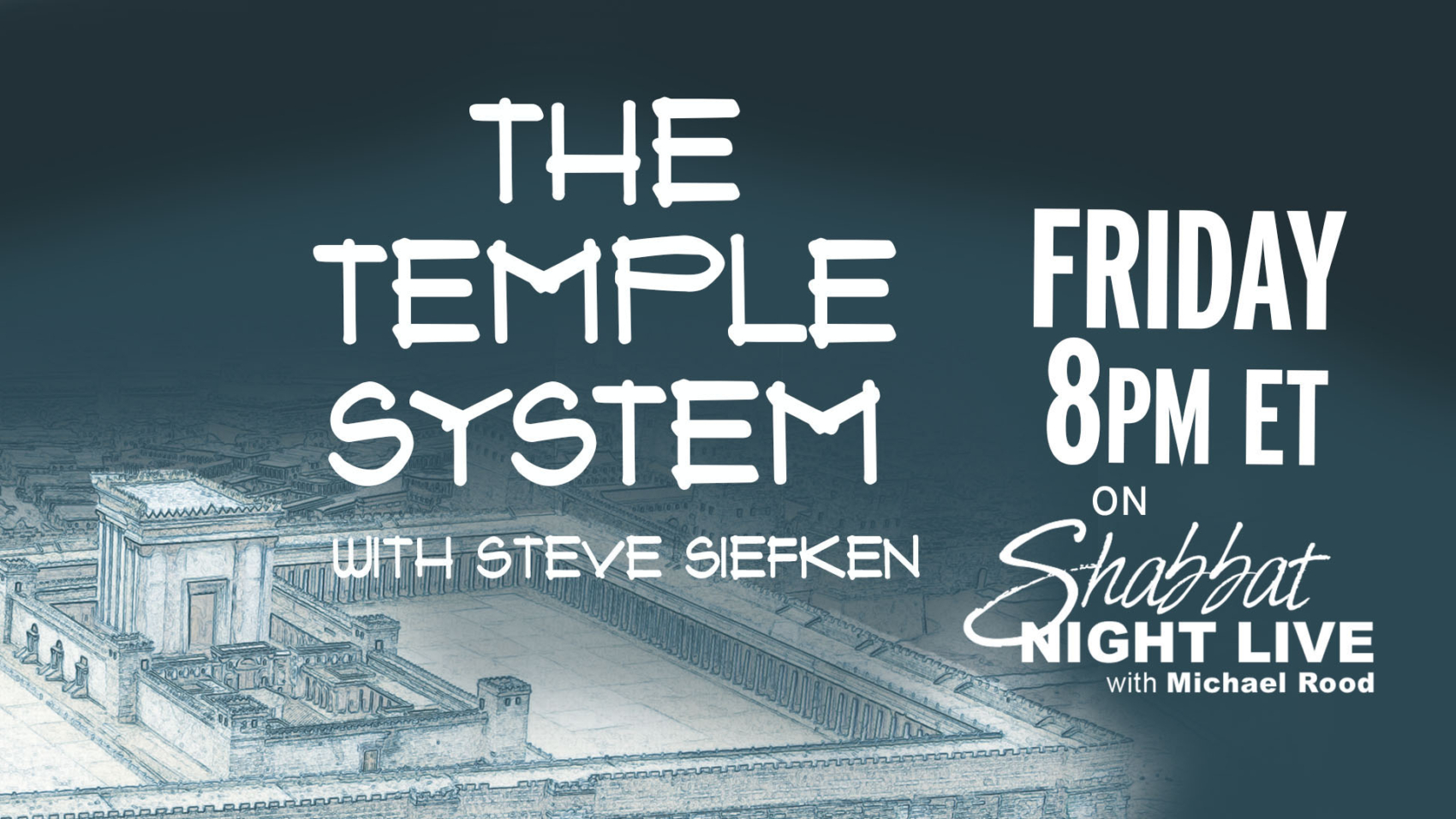EPISODE 3 of 5: YeHoVaH’s Butcher Shop
This week (July 14) on Shabbat Night Live, God knows how to party — in fact, He gave instructions on how to do it! He also gave us instructions on how to butcher meat, how to serve it, how to cook it, and even when to throw out the leftovers.
Steve Siefken explains the deliciously practical instructions in the Torah about food regulations, overseen by authorities in the Temple system.
Watch the episode — included on this blog post.
While you watch, consider the questions below. The timeline for each discussion topic in the video is noted on each question. Post your answers in the comments section and let’s get some discussion going!
- (VIDEO TIMELINE: 16:00) How does the recognition of the Temple and tabernacle as centers of divinely-mandated food and dietary standards serve to dramatize the controversy over secular influence in these matters that exists today? How does the increasingly aggressive and pre-emptive corporate advocacy about sustainability in health matters contradict the example of the ancient Hebrews?
- (VIDEO TIMELINE: 20:00) Similarly, how do the passages referenced here from Leviticus underscore both the presence of meat as a permitted food for consumption and the ritual importance of its preparation according to YeHoVaH? How does our present civilization contravene this principle by the animal cruelty of factory farming and the heavy pressure toward veganism and insect consumption?
- (VIDEO TIMELINE: 24:00) Aside from the latter-day politicization of diet and sustainable health, how do the regulations discussed here indirectly reveal our abandonment of the sacrificial nature of food preparation and consumption in today’s age of abundance? What are some examples from scripture of decadent living by arrogant figures who then receive chastisement over their exploitation of the nourishments that sustain life?
- (VIDEO TIMELINE: 28:00) Similarly, how can the commonplace practice of prayer or “saying grace” before meals be said to reveal a remnant of the ancient Hebraic value of a binding agreement or contract within an important transaction? How do the various wordings of this prayer – even those that are parodic – suggest our obligation to acknowledge our privilege of receiving sustenance and our responsibility to utilize it wisely and devoutly?
- (VIDEO TIMELINE: 32:00) How does today’s corporatization of food – from industrial livestock production and pervasive additives and preservatives to the nutraceutical and pharmacological establishments – provide an arguable example of the ethos behind the dietary laws of the ancient Hebrews? What are some staples of our Western diet that are in effect “polluted in sacrifice”?
- (VIDEO TIMELINE: 38:00) Similarly, how do current controversies over agribusiness products like genetically modified wheat or high fructose corn syrup reflect an ignorance over the practice of grain inspection that was part of the tabernacle offering? Are believers unwittingly reaping the whirlwind of chronic obesity and drug dependence thanks to our acceptance of Big Food and Big Pharma?
- (VIDEO TIMELINE: 42:00) How do the Hebrew dietary laws enumerated in Leviticus, particularly those involving the inspection and procedures for utilizing grain, indirectly reveal the scale of commercialization of bread products, all for the apparent purpose of greater health? How does our plethora of organic, keto, and gluten-free varieties appear almost comic against the sudden popularity of such products as biblically-derived sprouted-grain breads?
- (VIDEO TIMELINE: 46:00) Similarly, how has the ancient Hebrew institution of the storehouse been overlooked in our secular, consumerist environment that is centered around the franchised supermarket or the generic warehouse? How does the original location as an ancillary to the tabernacle or Temple represent an awareness of our dependence upon the bounty of YeHoVaH through tithing in contrast to today’s indifference to perishability in our throw-away culture?
- (VIDEO TIMELINE: 50:00) How does the role of the Temple as a depository for the community help to define the temple system as an example of the inextricable relationship between the worship of YeHoVaH and virtually every facet of ancient Jewish life? How has our common post-Enlightenment distinction between the sacred and the secular served to obstruct our recognition of this context for the study of scripture?
- (VIDEO TIMELINE: 53:00) How is this interpretation further enhanced by the demarcation of the temple as an environment for a range of financial and business transactions involving loaning and repayment? How does the practice of contract ratification through burnt offerings dramatize the inherent seriousness of honesty and integrity in capital management with YeHoVaH as witness and final arbiter?
